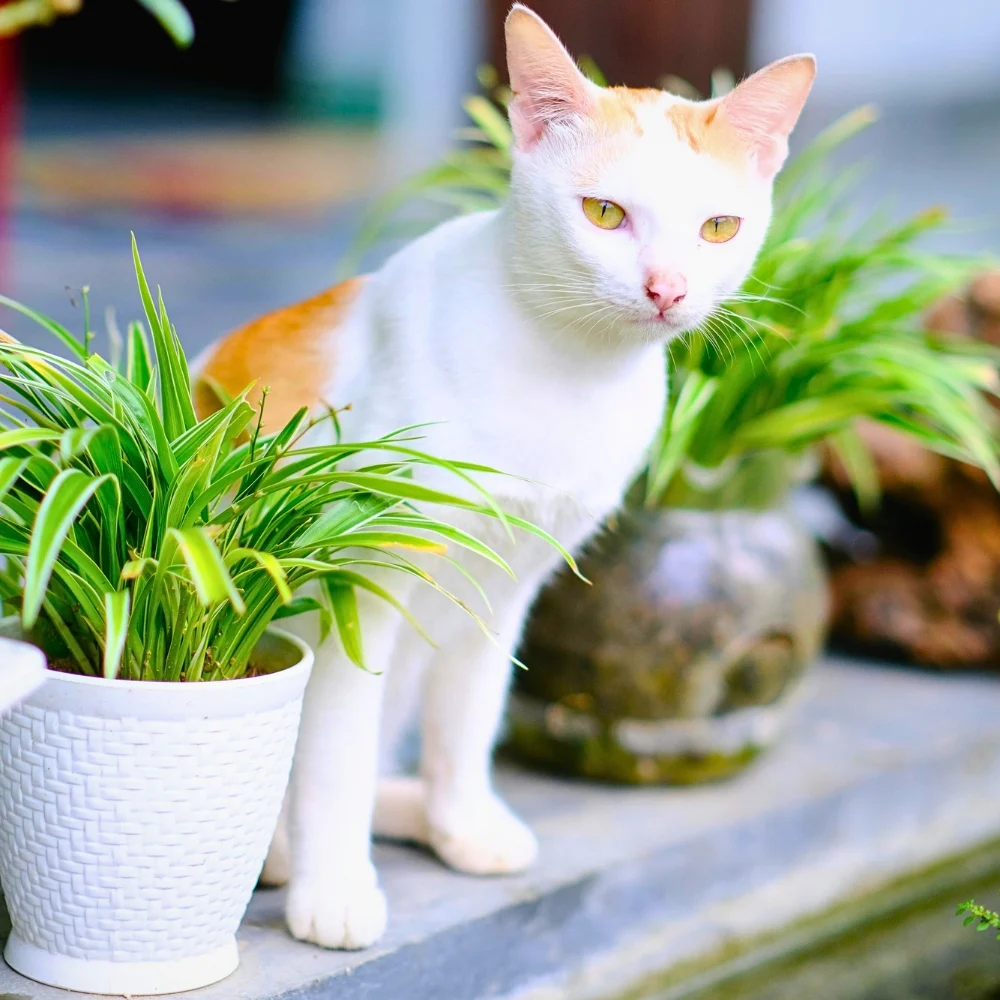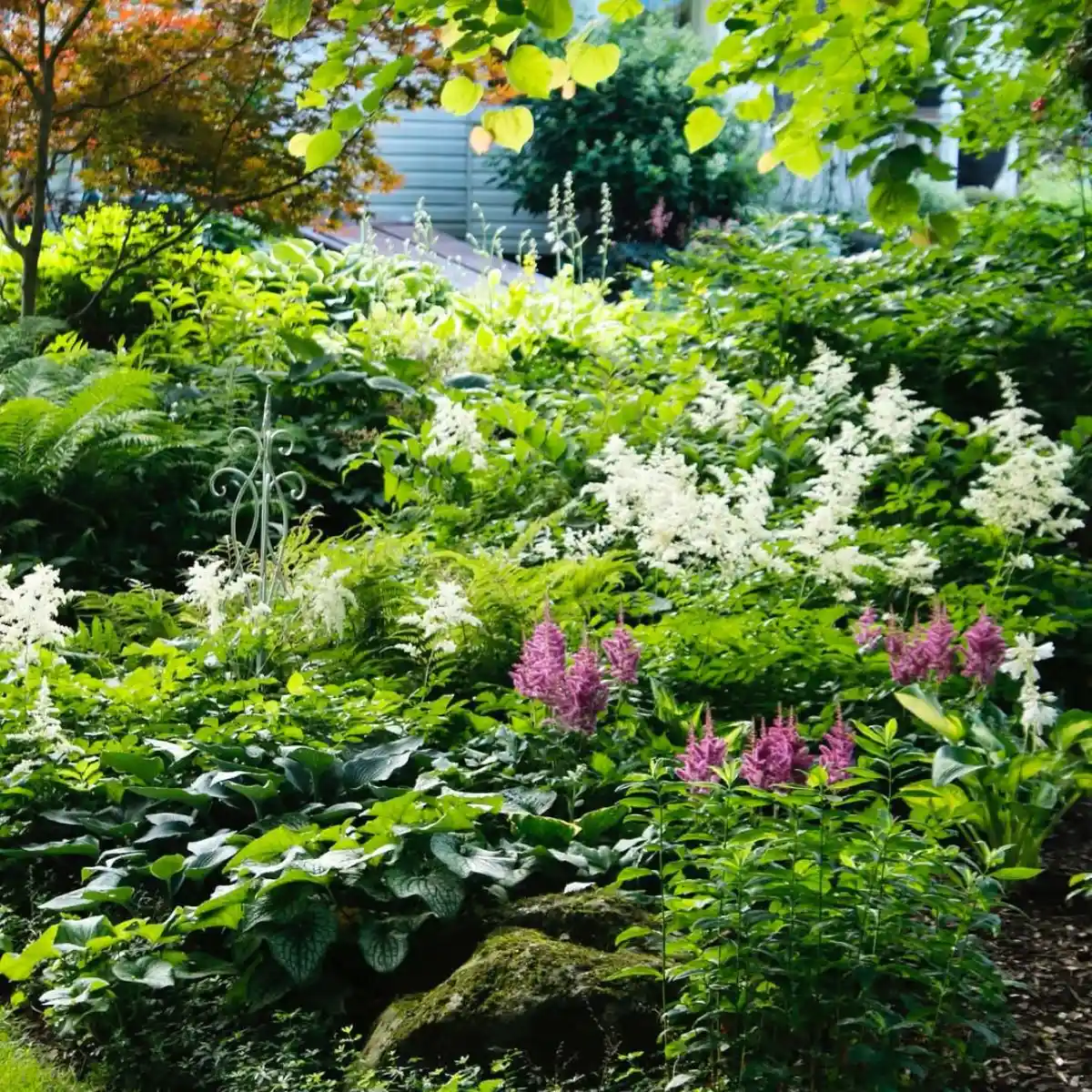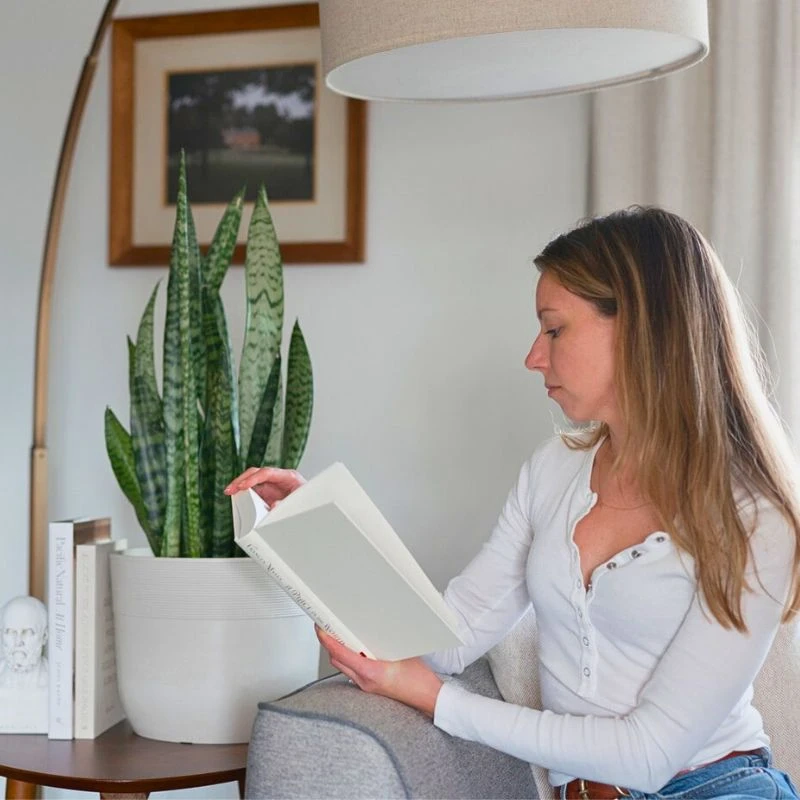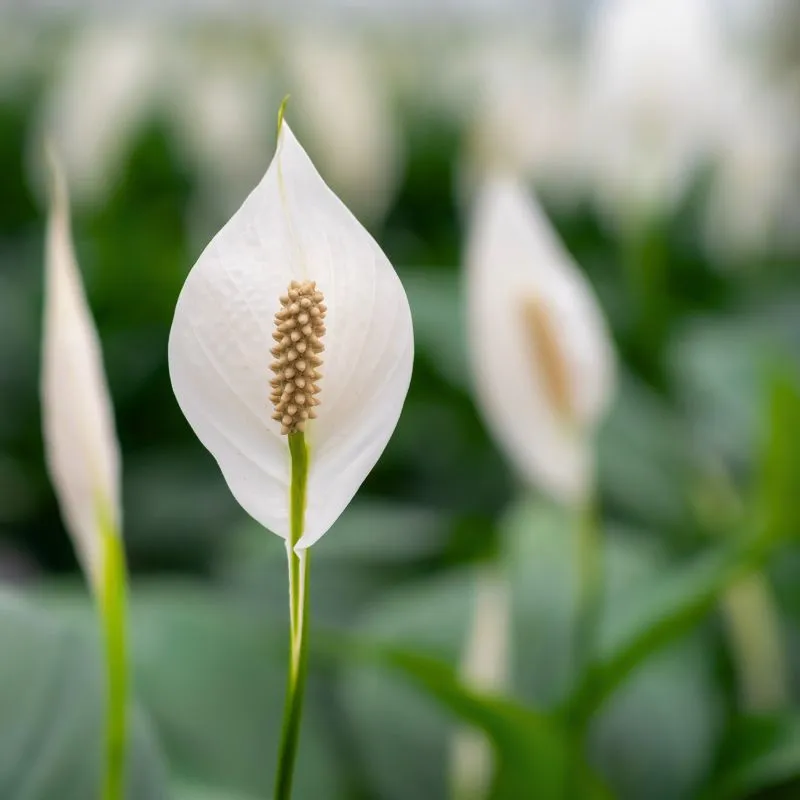Improving indoor air quality is essential for maintaining a healthy home environment. One of the most effective ways to achieve this is by incorporating indoor plants and flowers into your living spaces. Not only do they add beauty and a touch of nature to your home, but they also help purify the air by absorbing toxins and releasing oxygen.
As you read on, you’ll discover the top 8 indoor plants and flowers that can significantly enhance your indoor air quality. If you’re looking for cleaning services in Toronto and need assistance keeping your home clean and healthy, consider Hellamaid, a top rated cleaning service in Canada.
Here are the top 8 that help purify the air in your home:
-
Peace Lily (Spathiphyllum)
The Peace Lily is renowned for its air-purifying abilities. It effectively removes toxins such as ammonia, formaldehyde, benzene, and trichloroethylene from the air. Its glossy leaves and elegant white flowers make it a beautiful addition to any room.

Peace Lilies thrive in low to medium-light conditions and prefer slightly moist soil. They are relatively low-maintenance, making them ideal for busy households.
-
Snake Plant (Sansevieria trifasciata)
Also known as Mother-in-Law’s Tongue, the Snake Plant is a hardy and resilient plant that excels at filtering indoor air. It removes toxins such as formaldehyde, xylene, toluene, and nitrogen oxides.

Snake Plants are incredibly easy to care for. They can tolerate low light levels and infrequent watering, making them perfect for those who may not have a green thumb.
-
Spider Plant (Chlorophytum comosum)
Spider Plants are popular for their ability to remove carbon monoxide, formaldehyde, xylene, and toluene from the air. They are known for their arching leaves and small, white flowers.

Spider Plants thrive in bright, indirect light and prefer well-draining soil. They are also pet-friendly, making them a great choice for homes with animals.
-
Boston Fern (Nephrolepis exaltata)
Boston Ferns are excellent for increasing indoor humidity and removing toxins such as formaldehyde and xylene. Their lush, feathery fronds add a touch of elegance to any space.

These ferns require high humidity and consistent moisture. Place them in indirect light and mist their leaves regularly to keep them healthy.
-
Aloe Vera (Aloe barbadensis miller)
Aloe Vera is not only great for air purification but also has medicinal properties. It helps remove formaldehyde and benzene from the air. The gel inside its leaves can be used to treat minor cuts and burns.

Aloe Vera prefers bright, indirect light and well-draining soil. Water it sparingly, allowing the soil to dry out completely between waterings.
-
Rubber Plant (Ficus elastica)
The Rubber Plant is effective in removing toxins such as formaldehyde from indoor air. Its large, glossy leaves make it a striking addition to any home decor.
Rubber Plants thrive in bright, indirect light but can also tolerate low light. Keep the soil moist but not soggy, and wipe the leaves regularly to keep them dust-free.

-
English Ivy (Hedera helix)
English Ivy is known for its ability to reduce airborne mold and fecal matter particles, making it a great choice for improving indoor air quality. Its trailing vines can add a lush, green aesthetic to your home.

English Ivy prefers medium to bright light and evenly moist soil. It can be grown in hanging baskets or trained to climb a trellis or wall.
-
Bamboo Palm (Chamaedorea seifrizii)
The Bamboo Palm is effective in removing formaldehyde, benzene, and trichloroethylene from the air. Its tall, graceful fronds create a tropical feel in any room.
Bamboo Palms thrive in bright, indirect light and prefer consistently moist soil. They can tolerate lower light conditions but may grow more slowly.

Having indoor plants and flowers in your home is a natural and effective way to enhance indoor air quality. These top 8 indoor plants beautify your living spaces and help purify the air, making your home healthier and more inviting.
Whether you choose the resilient Snake Plant or the elegant Peace Lily, each of these plants offers unique benefits for improving air quality. Embrace indoor plants' beauty and health benefits and enjoy a fresher, cleaner home.
Header image by and Feature image by @fancyplantsclub










